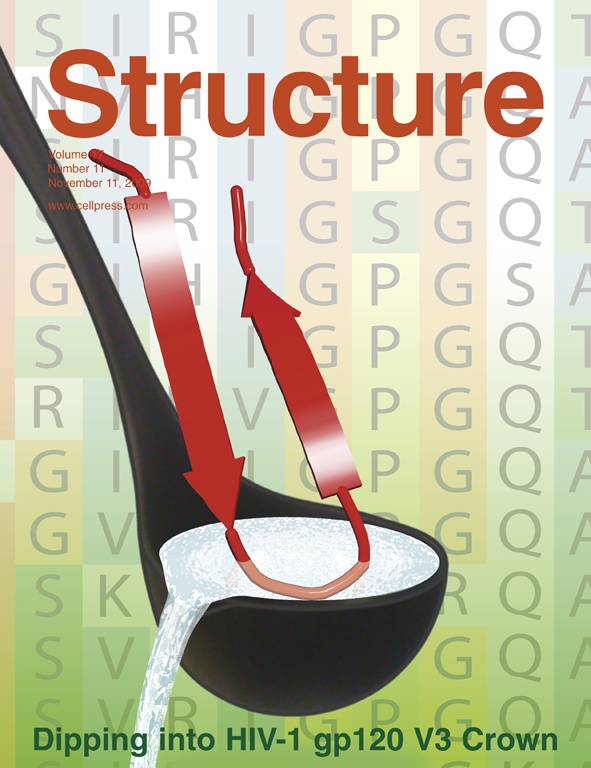| New Script
|
TMalign is a wrapper for the TMalign program
|
| Gallery Updates
|
The gallery has been updated to include a few new ideas and scripts for rendering
|
| New Script
|
save_settings can dump all changed settings to a file
|
| Tips & Tricks
|
Instructions for generating 3D PDFs using PyMOL.
|
| Wiki Update
|
Wiki has been updated. Please report any problems to the sysops.
|
| New Scripts
|
Create objects for each molecule or chain in selection with split_object and split_chains
|
| New Script
|
Rotkit: is a collection of usefull scripts to place your dye/molecule where you want. It includes a very handy, rotation around line, function.
|
| New Script
|
Forster-distance-calculator: Can be used as a pymol-python shortcut to calculate the Förster distance between dyes from different companies. Useful, if the user have pymol installed, but not python. This script is meant as a tool to finding the right dyes, when labelling suitable positions for the site-directed cysteine mutants. See DisplacementMap.
|
| New Script
|
propka: Fetches the pka values for your protein from the propka server. propka generates a pymol command file that make pka atoms, color and label them according to your protein. Inspection is made easy by grouping the pka atoms in the pymol menu.
|
| Older News
|
See Older News.
|
